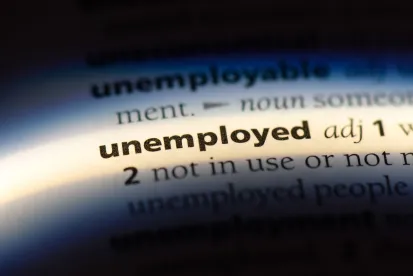As we find ourselves in the midst of a national medical and financial crisis, employers are asking what they can do to help employees, and how they can do it in a way that costs less money. Although the President just signed the latest COVID-19 relief bill — the Coronavirus Aid, Relief, and Economic Security Act (CARES Act) — to help American businesses and workers, there are several longstanding provisions in the Internal Revenue Code that can also be utilized to provide assistance. These oldies but goodies can even remain in place following the end of the current COVID-19 crisis, to help the next time we face an unexpected turn of events.
-
Tax-free employer payments. President Trump's declaration of a national emergency on March 13 opened the door for employers to make certain direct "qualified disaster relief payments," which are both tax-free to employees and deductible by employers. A qualified disaster relief payment is a payment made to, or for the benefit of, an employee, but only to the extent any expense compensated by the payment is not otherwise compensated by insurance or some other reimbursement. Examples of expenses eligible for reimbursement include any amount paid to reimburse or pay reasonable and necessary personal, family, living or funeral expenses incurred as a result of a qualified disaster. Eligible expenses do not include payments in the nature of wages or other income replacement (e.g., payments for lost wages, sick time or unemployment compensation).
-
Employer-sponsored public charities. An employer can form a public charity to act as an employee emergency assistance fund. Such funds can instantly boost workplace morale and enhance an employer's familial culture. At the same time, the funds provide a vehicle for the employer and other employees to make charitable contributions. Donations may then be provided (directly and tax-free) to other employees/former employees affected by disasters and other hardships, as defined by the public charity's governing documents. The CARES Act has enhanced this benefit, by permitting larger charitable contribution deductions for the 2020 tax year.
-
Leave-based donation programs. There are two types of leave donation programs that may be helpful for employees struggling with the COVID-19 crisis:
-
Employers can establish leave-sharing programs for the benefit of employees who suffer medical emergencies, as well as for a specific major disaster. Under such programs, employees in need receive paid leave time that was "donated" by other employees to an employer-sponsored leave bank. When used by the recipient, the donated leave is taxable wage income just like regular vacation or other paid time off would be, but the employees making the donations are not taxed on the surrendered leave.
-
Employers can adopt leave-based donation programs whereby employees surrender unused leave time to be paid by the employers to a charity. Generally, the employees making the donation will be taxed on the value of the leave donated and can then take charitable contribution deductions on their federal income tax returns. In the event, however, that the President upgrades the current declaration of a "national emergency" to that of a "major disaster," the employees would not be taxed on the donated leave, nor would they be able to claim a charitable deduction on their individual tax returns. Instead, employers could take a deduction for the employees' contributions without regard to the normal limitations on corporate charitable donations.
-
-
Supplemental unemployment benefits (SUB) trusts. Employers can adopt a plan, funded by a tax-exempt trust, to provide "supplemental unemployment compensation benefits." Unlike typical severance pay arrangements that disqualify the employee from receiving unemployment insurance (UI) benefits at the same time, employers may use SUB trusts to supplement state-provided unemployment benefits without interfering with UI eligibility. SUB trusts can be used to pay benefits to an employee because of the employee's involuntary separation (temporary or permanent) from employment, resulting directly from a reduction in force, the discontinuance of a plant or operation, or other similar conditions. For employers that typically provide severance pay to employees upon layoff, SUB trusts can be a great way to have the UI system subsidize part of those costs.




 />i
/>i
